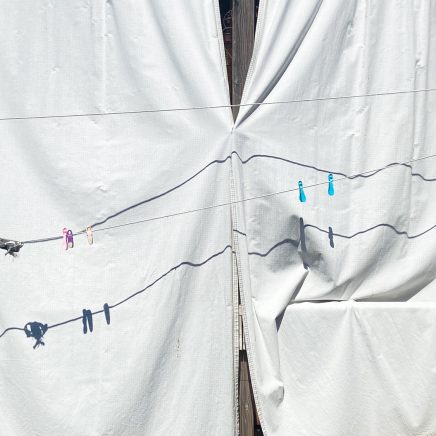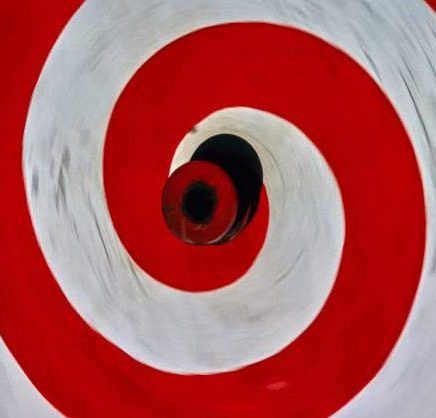
Wouter Van de Voorde – Nucleo
Nucleo is the newest in a series of remarkable books by Belgian artist Wouter Van de Voorde. Living in Canberra, Australia, for a sizable number of years (the Belgian/Aussie accent is a thing to behold), Wouter has been consistently and obsessively photographing his local landscape, family, and whatever bramble or dilapidated structures he can find. […]










